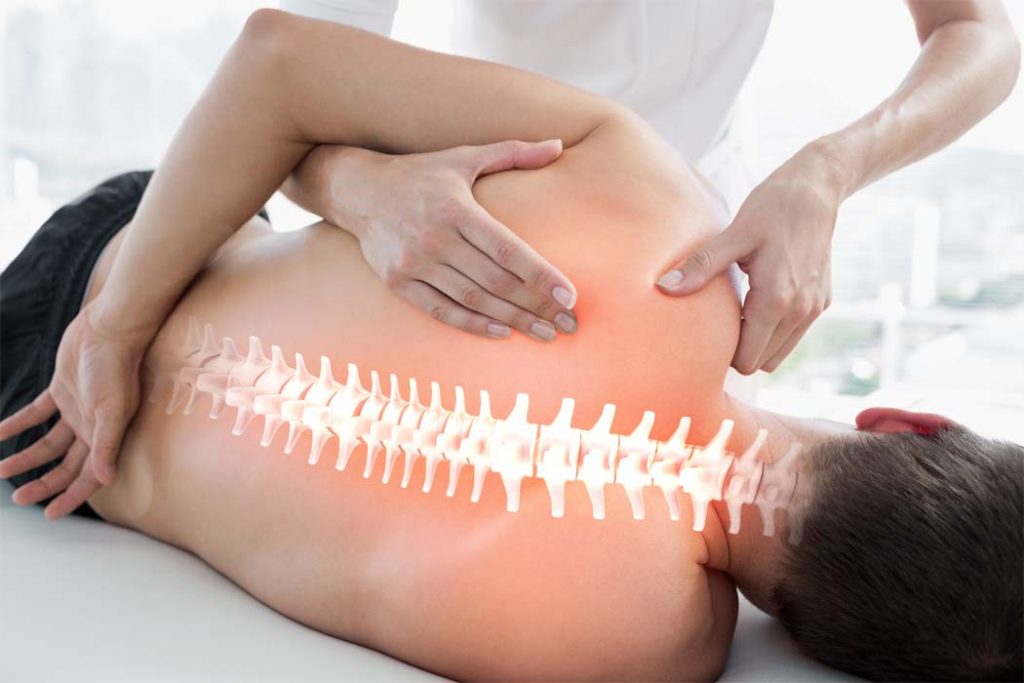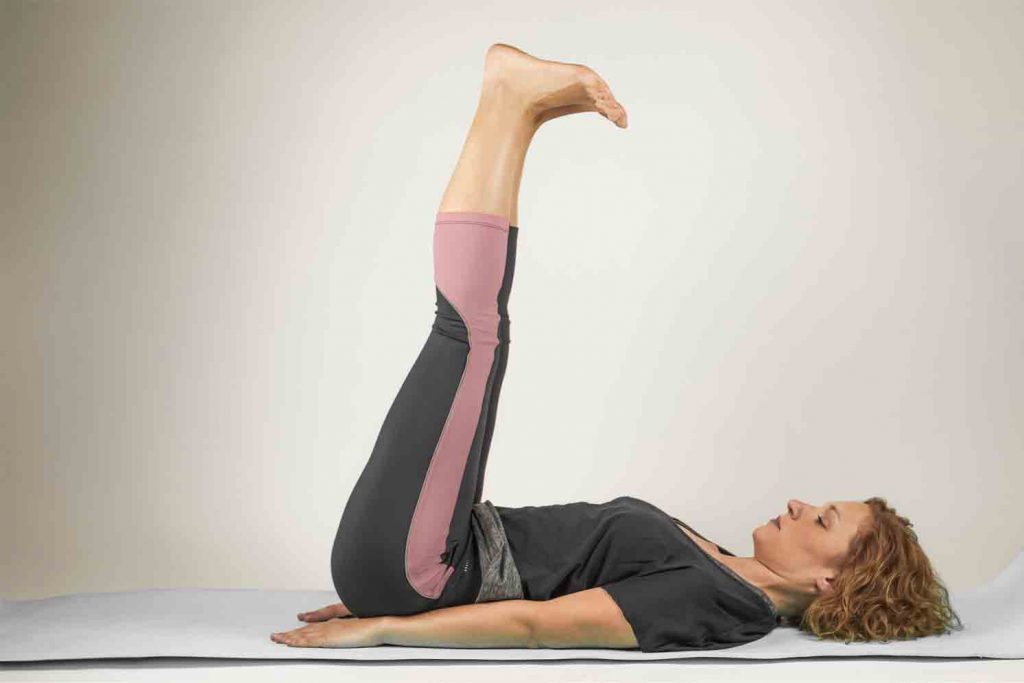If you have spondylolisthesis, physical therapy can be an effective tool for managing your symptoms and improving your quality of life. In this article, we’ll explore the benefits of physical therapy for spondylolisthesis and share tips for safe and effective exercises.

Benefits of Physical Therapy for Spondylolisthesis
Physical therapy can provide a range of benefits for individuals with spondylolisthesis, including:
Pain Relief
Physical therapy can help to reduce pain associated with spondylolisthesis by:
- Strengthening the muscles that support the spine
- Improving flexibility and range of motion
- Reducing inflammation and swelling
Improved Function
Physical therapy can help to improve your ability to perform everyday tasks by:
- Improving your posture and balance
- Enhancing your ability to walk, climb stairs, and perform other activities
- Increasing your endurance and stamina
Prevention of Future Injury
Physical therapy can help to prevent future injury by:
- Teaching you proper lifting techniques and body mechanics
- Identifying and addressing areas of weakness or imbalance
- Developing a personalized exercise plan to meet your unique needs
Safe and Effective Exercises for Spondylolisthesis
If you have spondylolisthesis, it’s important to exercise regularly to help manage your symptoms and prevent further injury. However, it’s also important to exercise safely and effectively. Here are some tips to help you get started:
Focus on Strengthening the Core
Strengthening the core muscles that support the spine can be especially helpful for individuals with spondylolisthesis. Try incorporating exercises like:
- Planks
- Bridges
- Leg raises
- Pelvic tilts
Build Endurance Gradually
If you’re new to exercise, it’s important to build endurance gradually to avoid overexertion and injury. Start with short sessions of low-impact exercise like walking or swimming, and gradually increase the duration and intensity of your workouts.
Avoid High-Impact Exercise
High-impact exercise can put excessive strain on the spine and increase the risk of injury. Avoid activities like running, jumping, or high-impact aerobics, and opt for low-impact exercises like walking, swimming, or cycling instead.
Practice Good Posture
Good posture is essential for individuals with spondylolisthesis. Be mindful of your posture throughout the day, and avoid activities that require prolonged periods of bending, twisting, or sitting.
Consult with a Physical Therapist
A physical therapist can help you develop a safe and effective exercise plan that’s tailored to your unique needs and goals. They can also provide guidance on proper form and technique to help you avoid injury.
Physical therapy can be an effective tool for managing spondylolisthesis and improving your quality of life. By focusing on core strengthening, building endurance gradually, avoiding high-impact exercise, practicing good posture, and consulting with a physical therapist, you can safely and effectively manage your symptoms and prevent future injury.
